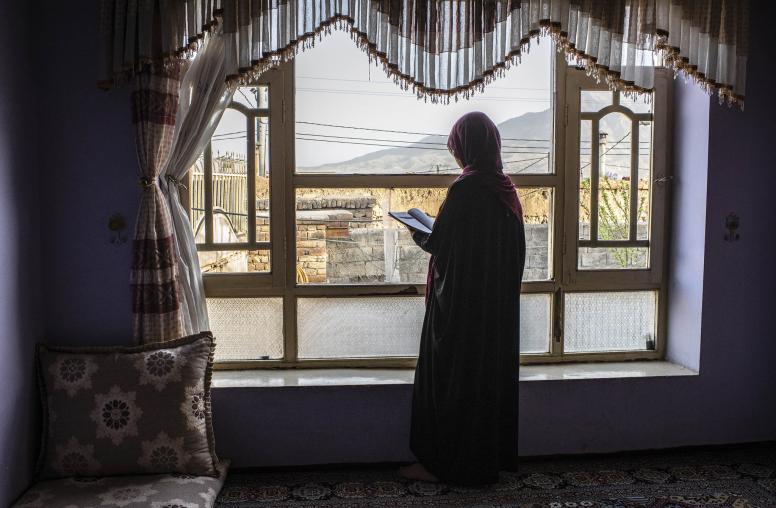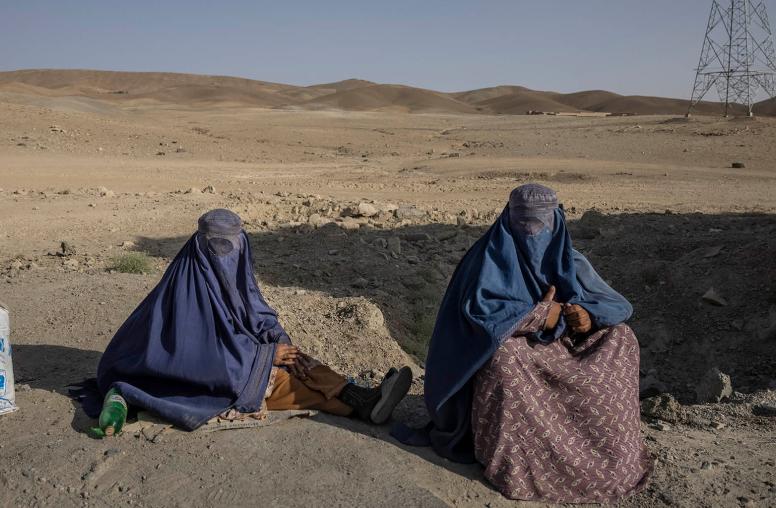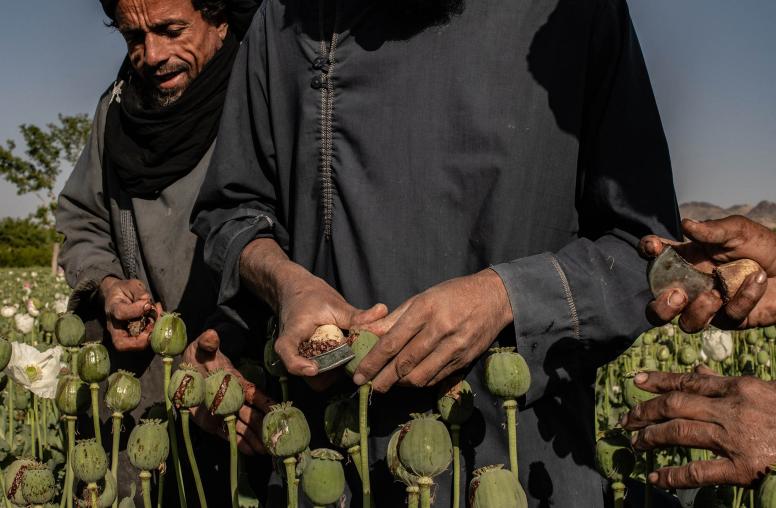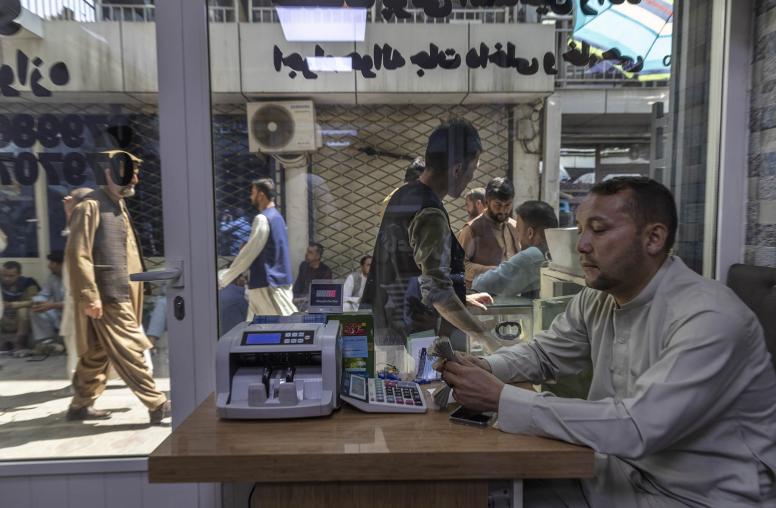Political and Economic Dynamics of Herat
The city of Herat sits in Afghanistan’s most western province, on the border with Iran, and is significant on several counts. A major trading hub and the largest city in the region, it is in some respects an exemplar for the entire country. One the one hand it is a prevailing spirit of enterprise, on the other persistent insecurity and ad hoc urban development. How the new national unity government in Kabul unfolds will have significant implications for how Herat is able to meet the challenges for its social development and economic growth.
Summary
- Herat’s impressive economic growth over the past decade, as elsewhere in Afghanistan, has slowed in the wake of the postelection political impasse and continued insecurity. The province is a key trading hub, and its recovery is inextricably linked to that of the national economy, which remains fragile.
- Herat’s full potential will remain out of reach until provincial governance undergoes reform. Greater delegation of authority by the central government to provinces such as Herat might encourage citizens to engage more in the political process so that their interests are better reflected in national policies and investment priorities.
- Concerted political will in Herat and Kabul are critical both to deterring local power brokers from continuing to use local government institutions as a platform for patronage and to eliminating the corruption that permeates the provincial administration and saps its effectiveness.
- Official systems of urban planning and management, judging by the haphazard growth under way, are inadequate in addressing the rapid urbanization in Herat and other cities. Failure to formulate a coherent national urban strategy and a regulatory framework that responds to this phenomenon could jeopardize the contribution that urban centers could make to national economic growth and development.
- The drawdown of foreign military contingents and reduction in external aid has, given the limited scale of investments, had less of an impact in Herat than in other areas of the country but risks compounding the problem of unemployment and possibly affecting access to public services in the short term.
About the Report
Building on a broader program of study by the United States Institute of Peace (USIP) on the intersection of political, economic, and conflict dynamics in Afghanistan, this report examines the political economy of Herat Province and its capital city. It both identifies trends over the past decade that have affected many major Afghan cities and examines Herat’s unique context as an inter-national trading hub on Afghanistan’s western border. Field research was conducted in Herat between April and September 2014 with assistance from Rafi Rahmani and Khalil Islamzada.
About the Author
Trained as an architect, Jolyon Leslie worked in the Middle East before moving to Afghanistan in 1989, where he has since lived, working for the United Nations, nongovernmental organizations, and the government, as well as undertaking research. He is the coauthor with Chris Johnson of Afghanistan: The Mirage of Peace—an examination of the political transition—and is currently researching Kabul’s development through history.



